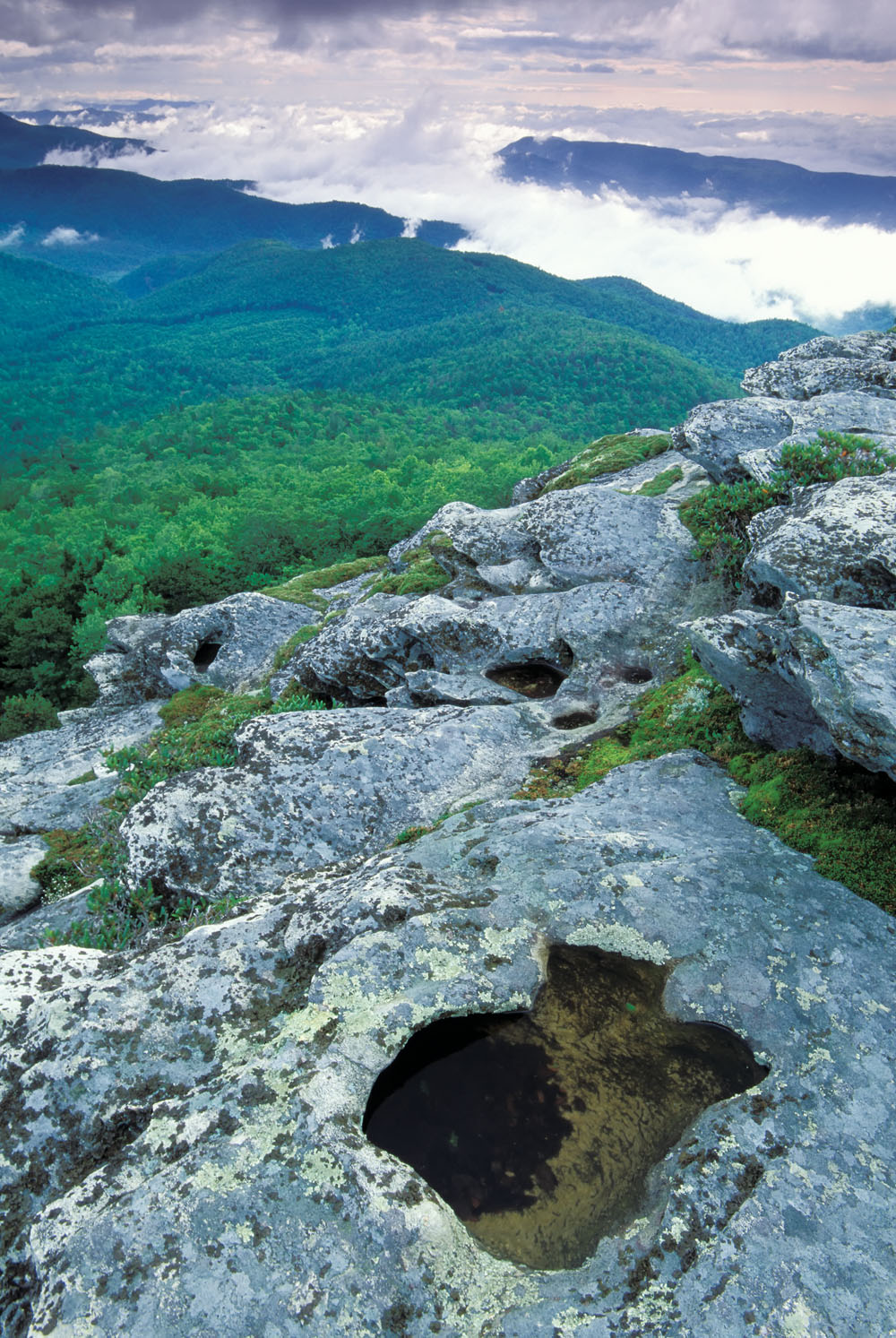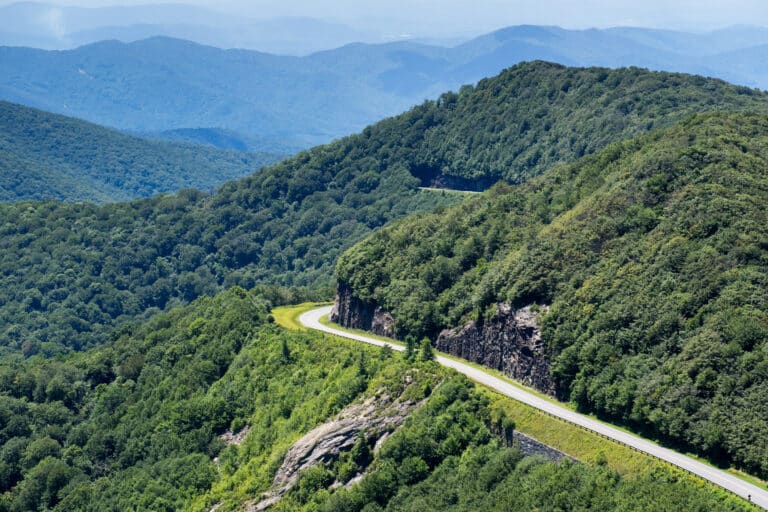Score another victory for the “Drill, baby, drill!” set.
A U.S. appeals court has tossed out a ban by the U.S. Forest Service that prohibited drilling for oil and natural gas in Allegheny National Forest. The Forest Service had attempted to halt drilling in the western Pennsylvania forest until a year-long impact study on the environmental consequences of such drilling could be completed. The appeals court, however, declared that the study amounted to a “sea change” in how drilling permits were being issued. Prior to 2009, the year the study was commissioned under legal pressure from the Sierra Club – Forest Service can’t catch a break! – permits had been issued in a “cooperative process” with owners after 60 days’ notice. The ruling upholds a similar one from late 2009, and the oil companies now hope to make it permanent.
Who is to blame for this legal tango? Would you believe Calvin Coolidge?
In 1923, the President Coolidge designated Allegheny National Forest from large tracts the government had been acquiring from private citizens in Pennsylvania. Now, when buying up private land for the government to establish the “forest reservations” – as they were once called – the government bought just the surface rights and allowed the owners to keep the mineral rights. This allowed the government to buy the land at a much cheaper price, but also allowed the owners access to the surface to get to the minerals without permission from, well, anybody.
The government being shortsighted in regard to the environment in order to get a cheaper price and is now the people face the consequences? Glad that doesn’t happen nowadays…oh, wait.
According to the ruling, 93 percent of the mineral rights of the forest remain in private hands. The three-person panel ruled the mineral rights are still privately owned and the owners should continue to have reasonable access to the surface to drill for oil and gas below. How far down does the “surface” go? The mantel? The core? Apparently not.
The ruling essentially strips the U.S. Forest Service of authority to regulate the protective surface of the forest, which is designated for watershed protection. One could say the ruling virtually defeats the purpose of the forest all together. One major concern following the ruling is its impact on other national forests around the U.S. Although this case seems to be based on property rights established in PA in the 1920’s and may not translate to other states, we’ll let them battle that out in the courts.








